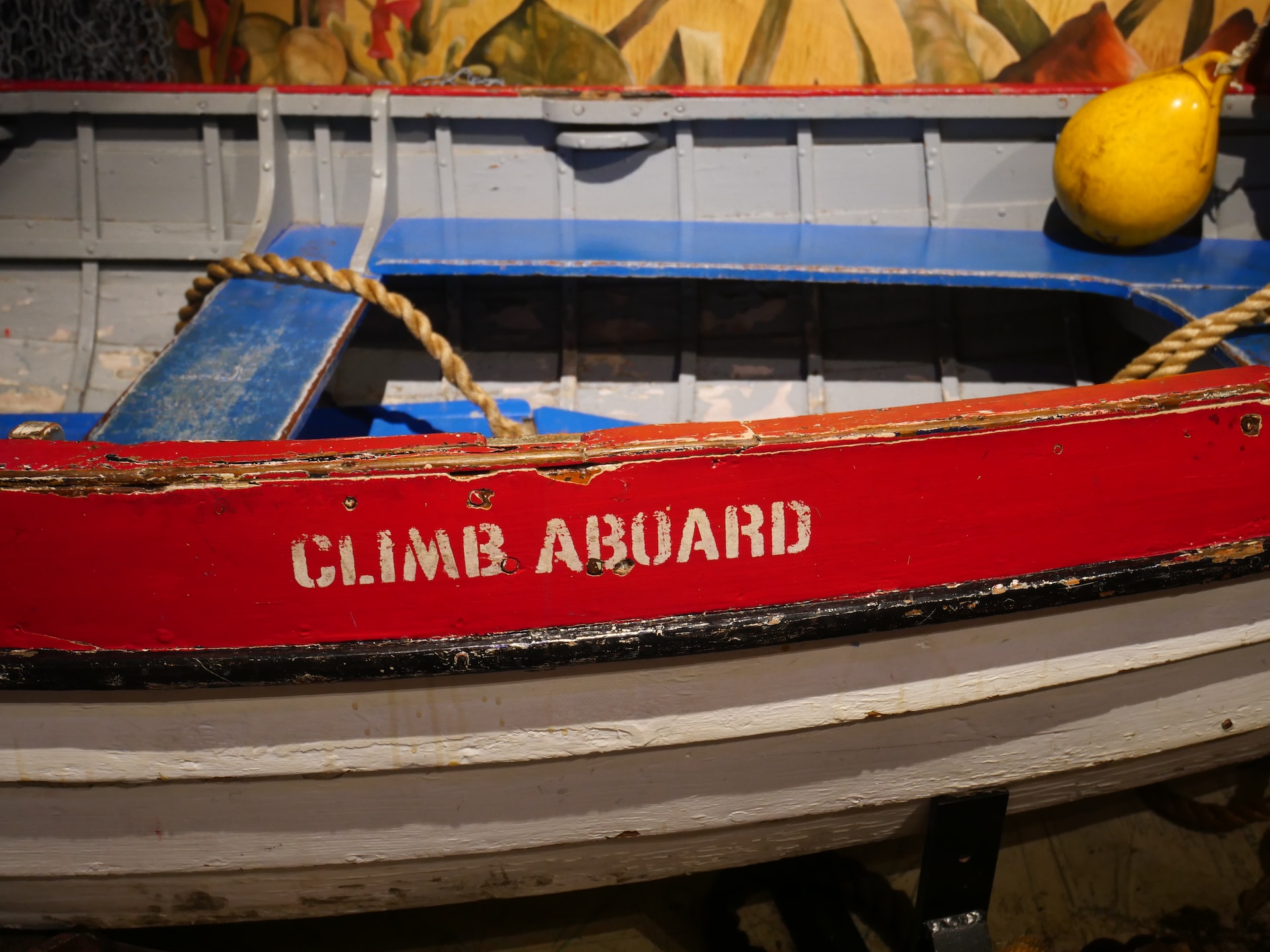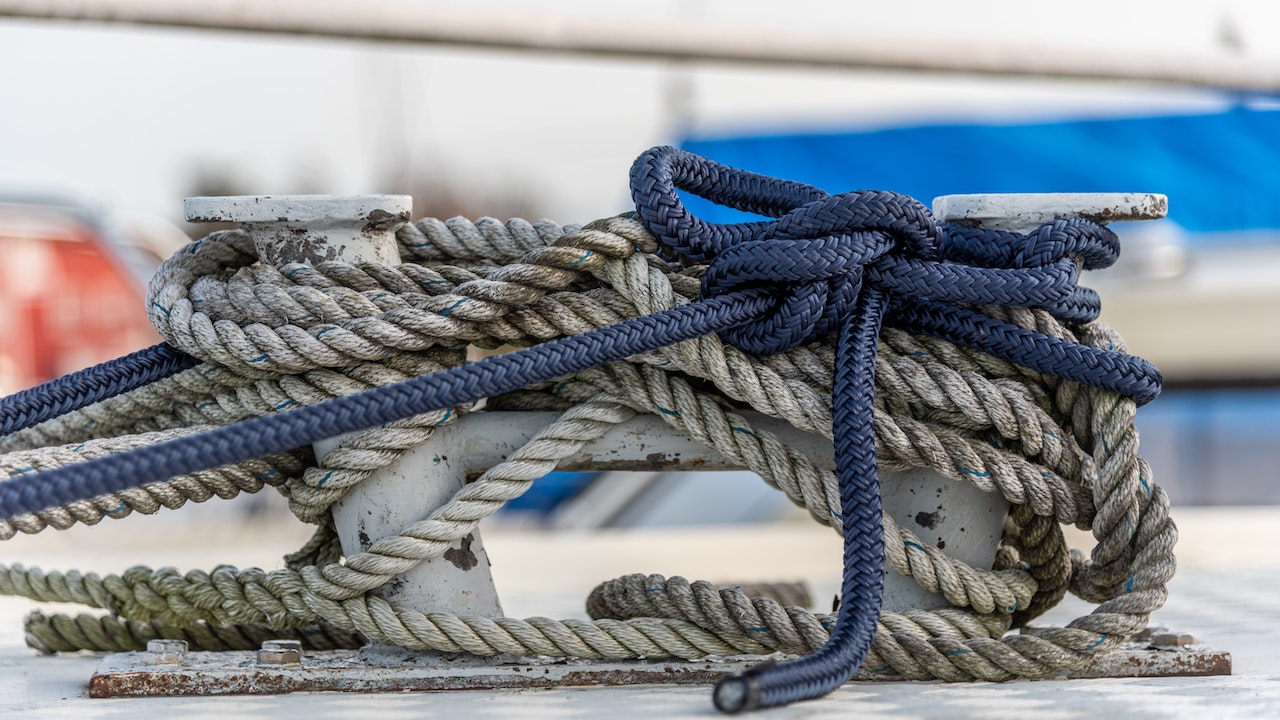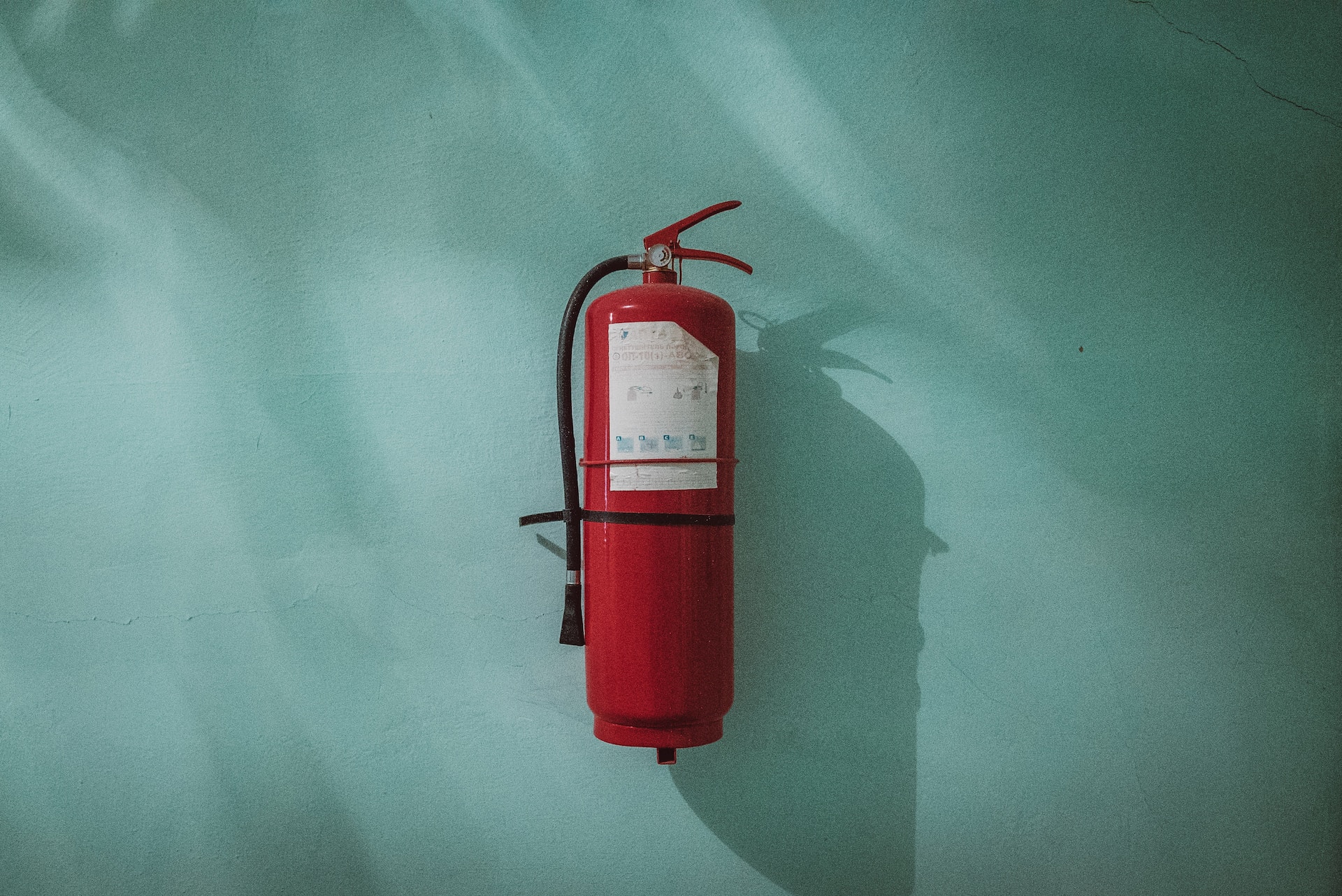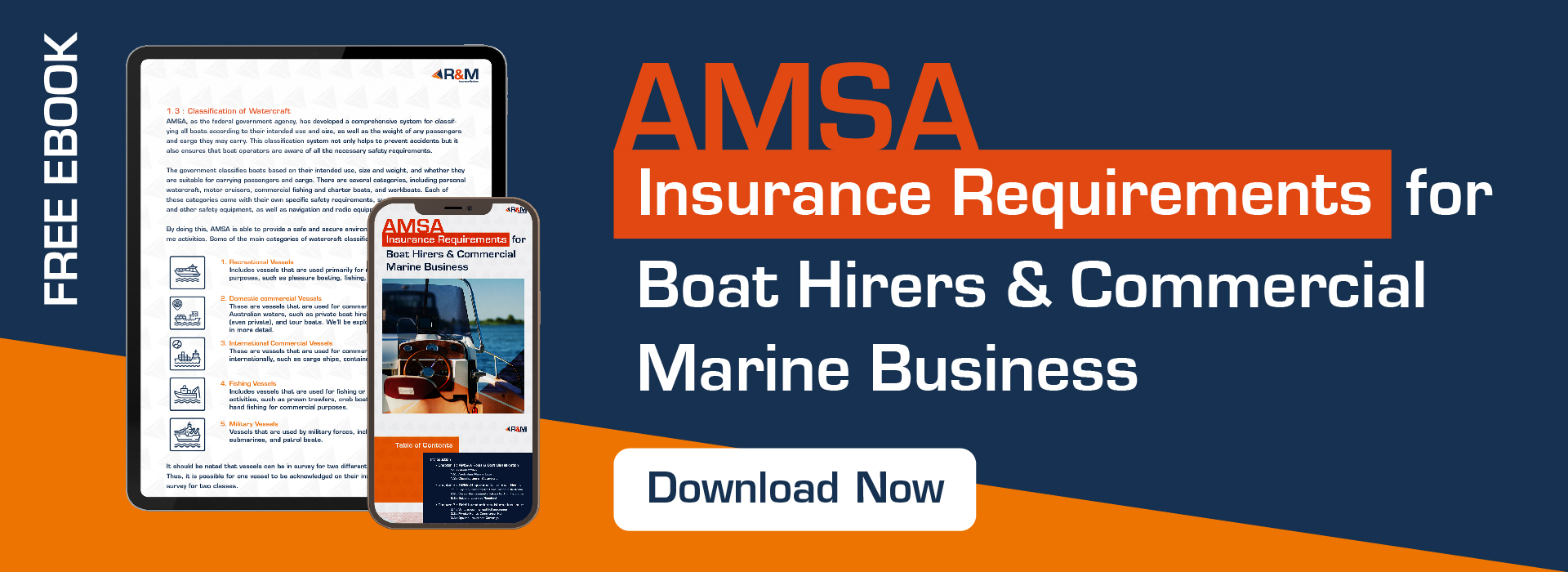
The Australian Marine Safety Authority (AMSA) plays an important role in ensuring that commercial marine businesses in Australia meet appropriate health and safety standards. Under the Navigation Act 2012, AMSA is responsible for administering the National System for Domestic Commercial Vessel Safety, which sets out requirements for the construction, maintenance, and operation of commercial vessels in Australian waters.
Work Health & Safety for Commercial Marine Vessels
Work Health and Safety (WHS) in the context of commercial marine refers to the regulations, policies, and practices put in place to protect the health and safety of workers in the commercial marine industry.
Commercial marine activities can be hazardous and involve risks, such as slips and falls, collisions, and exposure to hazardous substances. As such, it is essential to ensure that workplaces are safe and free from hazards, and that workers are appropriately trained, equipped, and supervised to perform their duties safely.
WHS regulations and guidelines cover a range of topics, including risk assessment and management, emergency response planning, and the use of personal protective equipment. By adhering to these regulations and implementing best practices for WHS, commercial marine operators can protect the health and safety of their workers, reduce the likelihood of accidents and injuries, and ensure compliance with regulatory requirements.
WHS Requirements for Commercial Marine Businesses
There are many WHS requirements that commercial marine businesses must comply with in Australia. Some examples of WHS requirements that may apply to commercial vessels include:
Safe Work Method Statements (SWMS): These are documents that describe the work activities being undertaken on a vessel and outline the safety measures that will be implemented to reduce risks to workers and others.
Personal Protective Equipment (PPE): This includes equipment such as life jackets, safety helmets, safety boots, and protective clothing that is designed to protect workers from hazards.
First Aid and Emergency Response: Vessels must carry appropriate first aid equipment and have trained personnel available to respond to emergencies.
These are just a few examples of the many WHS requirements that may apply to commercial marine businesses. By complying with these requirements, businesses can help to ensure the safety of their workers, passengers, and the wider community.
Other safety precautions to monitor:
- Vessel Stability: Vessels must be designed and maintained to ensure they are stable in all conditions and are not at risk of capsizing or sinking.
- Fire Safety: Vessels must have appropriate fire safety equipment and procedures in place to prevent and respond to fires.
- Electrical Safety: Vessels must comply with electrical safety requirements, including appropriate wiring, grounding, and protection from electrical shock.
- Hazardous Substances: Vessels must comply with regulations around the use and storage of hazardous substances such as fuels, chemicals, and gases.

Ensuring Compliance with WHS Requirements
Ensuring compliance with work health and safety (WHS) regulations is critical for any marine business to protect the safety of employees, customers, and the environment. Conducting regular safety audits is an important step in identifying potential hazards and ensuring that safety policies and procedures are being followed. These audits provide valuable insights into the effectiveness of existing safety measures and help identify areas where improvements can be made.
Additionally, maintaining up-to-date WHS policies and procedures is also crucial to ensuring compliance, as laws and regulations are constantly changing. This includes creating a WHS management plan, conducting risk assessments, and implementing emergency response procedures.
Some other responsibilities to ensure WHS:
- Providing appropriate personal protective equipment (PPE) to workers, such as life jackets, hard hats, and safety boots.
- Ensuring that all equipment and machinery is regularly maintained and inspected for safety.
- Conducting regular risk assessments and implementing appropriate control measures to manage identified risks.
- Providing adequate training and supervision to workers to ensure they are able to perform their tasks safely.
- Having appropriate emergency procedures in place and conducting regular drills to ensure workers are familiar with them.
- Providing a safe and healthy working environment for workers, including adequate ventilation, lighting, and cleanliness of the workplace.
How Does AMSA Ensure WHS Compliance?
As part of the marine safety ecosystem, AMSA provides guidance and support to vessel operators to help them meet their health and safety obligations. This includes providing information on safe working practices, as well as training and certification programs for vessel operators and crew.
In addition, AMSA conducts regular inspections of commercial vessels to ensure they are safe and compliant with relevant health and safety standards. This may involve inspecting vessel structures, safety equipment, and crew training and certification records, among other things.
AMSA’s work to promote health and safety standards for commercial marine businesses is essential to ensuring the safety of vessels and their crews, as well as the wider community. By working closely with vessel operators and providing guidance and support where needed, AMSA helps to ensure that commercial marine businesses operate in a safe and responsible manner.

Consequences of Non-Compliance
Non-compliance with WHS regulations can result in serious consequences for marine businesses, including legal penalties, fines, and reputational damage.
In the worst cases, non-compliance can result in workplace accidents, injuries, or even fatalities. On top of that, non-compliance can lead to costly downtime and lost productivity, as businesses may be forced to suspend operations until safety issues are resolved. Beyond these immediate consequences, non-compliance can also damage the reputation of a marine business, leading to loss of customers and potential future business opportunities.
By prioritising WHS compliance and taking these important steps, marine businesses can ensure the safety of their employees, customers, and the environment, while also protecting their reputation and minimising the risk of costly legal penalties.
Conclusion
AMSA has established a comprehensive set of WHS regulations and guidelines that apply to commercial marine vessels and other marine businesses. By implementing and maintaining robust WHS policies and procedures, conducting regular safety audits, providing comprehensive training, and ensuring compliance with AMSA regulations, marine businesses can minimise the risk of workplace accidents and protect the safety of their employees, customers, and the environment.

